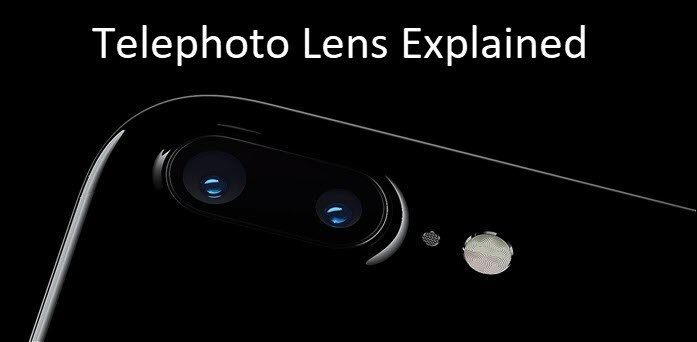Dissecting the Structure
So, let’s get a few things straight right from the beginning. Firstly, we can’t launch anything into space without the help of rockets. Powerful, fuel-burning rockets that can boost a heavy object (like an artificial satellite) out from our atmosphere and in space. ISRO uses various GSLV, or Geosynchronous Satellite Launch Vehicles, to launch their satellites into space. These satellites are INSAT class of satellites. INSAT, what, you ask? Well, INSAT stands for Indian National Satellite and is a communication satellite system. It provides provides services to telecommunications, television broadcasting, satellite newsgathering, societal applications, weather forecasting, disaster warning and Search and Rescue operations. That’s all there is to it, really. A rocket propelling a satellite. But how are these satellites classified? Let’s go a step further.
The Rocket
You can think of GSLV as a fancy word for a rocket that will launch a satellite in space to revolve around Earth. The term Geosynchronous will be clearer when we talk about the satellites, but let’s look at a typical GSLV rocket. These types of rockets are typically multistage rockets, operating in 3 different stages. Let’s look at what these stages are. In the first stage, the base of the rocket burns various gases to collect enough velocity to push itself away from Earth’s gravitational force. The entire rocket along with the satellite is launched vertically in this stage and quickly escapes Earth’s atmosphere. The second stage begins when the rocket burner detaches itself from the main structure. At this time, the structure tilts a little, to make itself align with Earth’s orbit. In the 3rd and final stage, the 2nd part detaches as well and the satellite is finally launched in space, with the last tilt enabling it to move parallel to Earth. India is part of various countries who have developed their own rockets to launch satellites in space. America had their Saturn rockets, Russia has N1, Japan has the H II A and China has their Long March 3B. Each of these is built specifically for certain types of payloads that need to be transported. That’s it. That’s all we need to know about rockets, now let’s get to the satellites.
Two Basic Types: Geostationary & Polar Satellites
Geostationary Satellites
Think of these satellites that will always appear stationary (hence the name) in the night sky. How? Well, because their speed of revolving around Earth is the exact same as Earth’s rotation. (It’s all relative after all, amirite?) These satellites move from West to East at a speed of about 3.08 kms/sec and are used for communications, broadcasting as well as search and rescue operations. So whenever there is any news related to an INSAT type of satellite, this is the kind of satellite you’re hearing about. INSAT itself is further divided into different types of satellites, much like different versions of latest flagship phones. For a detailed understanding, you can visit ISRO’s own page of INSAT classification. A slight variant to geostationary satellite is geosynchronous satellite. For most practical applications, there isn’t much to distinguish the two. The difference, however, is that the geostationary orbit lies in the plane of equator, i.e. it has zero inclination with equatorial plane. The geosynchronous orbital plane can have an inclination with the equatorial plane.
Polar Satellites
If Geostationary satellites move around the equator of our planet, Polar satellites (obviously) move around our poles. From North to South and with different purposes. Normally, polar satellites tend to orbit very close to Earth, used mostly for spying, surveillance as well as weather predictions. ISRO have themselves successfully launched various PSLV satellites to date, with the latest one being the PSLV-34 / CARTOSAT-2 Series Satellite. Considering it was designed and developed in the early 1990s, the number of PSLV launches seems pretty impressive.
In Orbit
That’s all you need to know about the major classification of satellites. Their workings might be an idea for another post, but let us know what part of satellite communication is confusing for you. We’d like to cover perhaps only that part. In the meanwhile, make use of our comments section to reach out to us and ask your doubts. ALSO READ: Why Spending on Space Research is not only Necessary, but Downright Useful The above article may contain affiliate links which help support Guiding Tech. However, it does not affect our editorial integrity. The content remains unbiased and authentic.












